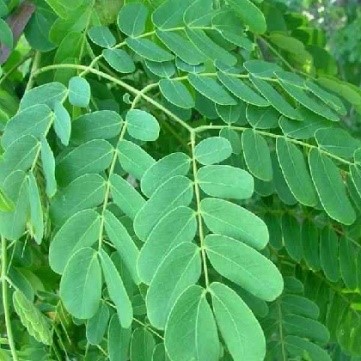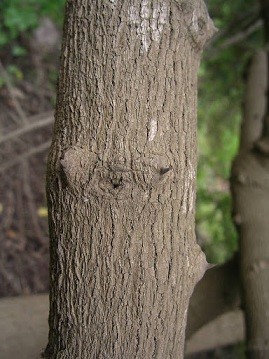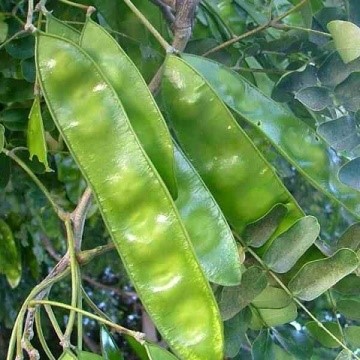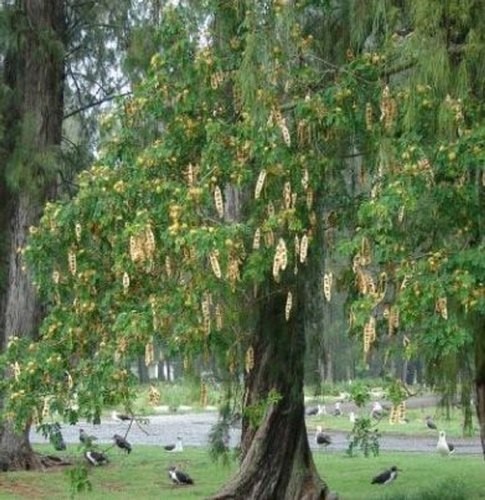Trees
Albizia lebbek (L.) Benth
Albizia lebbek (L.) Benth
Description :
A fast growing deciduous
tree 12 to 30 m tall. Diameters to 1 m are not uncommon. The crown is open
flat, and umbrella-like. Foliage is feathery-like and the leaves are compound.
Leaflets are small 3cm long. The bark is dark grey, rough and irregularly
cracked. The fragrant flowers are yellow or greenish white, in dense clusters,
appearing between April and May. The pods are broad, flat and about 25cm long.
They are yellowish brown when ripe. The pods mature between June to September.
Several fungus diseases attack the leaves and pods of this tree. Indarbela quadrinotata, a bark beetle,
is a serious threat to plantations and roadside plantings. Grazing can be a
problem with this tree. Seedlings are susceptible to frost damage. It can be
reproduced both from seed and by vegetative means. Pre-treatment of seed by an
overnight soak in water will increase germination. Relatively fast growing.
Yields of 5 m3/ha/yr, depending on the site, have been recorded over
rotations of 10 to 15 years. Grain is figured, attractive, interlocked, texture
medium to coarse. Sapwood is yellowish-white, heartwood is dark greyish brown
turning to rich dark brown on exposure. Dense with a specific gravity between
0.55 and 0.64, and a calorific value of 5100 kcal/kg. Wood is very strong,
resilient.
Distribution :
This tree is native to
the sub-Himalayan tract. In Pakistan it grows in a narrow belt from Sialkot to
Hazara. Bajaur, Buner and Malakand. It has been planted throughout the plains
of Sindh & Punjab. A moderately intolerant, tree that grows on a variety of
moist sites. It favors well drained loamy soils but will tolerate saline and
sodic conditions (pH 8.7 to 9.4). It requires a summer precipitation zone of
400 to 1000 mm/yr. It prefers a sub-humid, cool, warm, sub-tropical and
tropical climate with a temperature range of 4 to 40°C and an elevation range
of 0 to 1600 m. This tree is adapted to a variety of moist sites and soils. It
is best suited to well drained, alkali soils.
Uses :
It coppices readily. It
is a good nitrogen fixer and has the potential as a good erosion control tree.
With care this would be a useful farm forestry tree. Young plants need
protection from grazing and frost. It also has potential as a tree for saline,
sodic sites. Heavily lopped for fodder. Can be used for fuel, land
stabilization, nitrogen fixing, poles agricultural implements, shade, and
apiculture.



